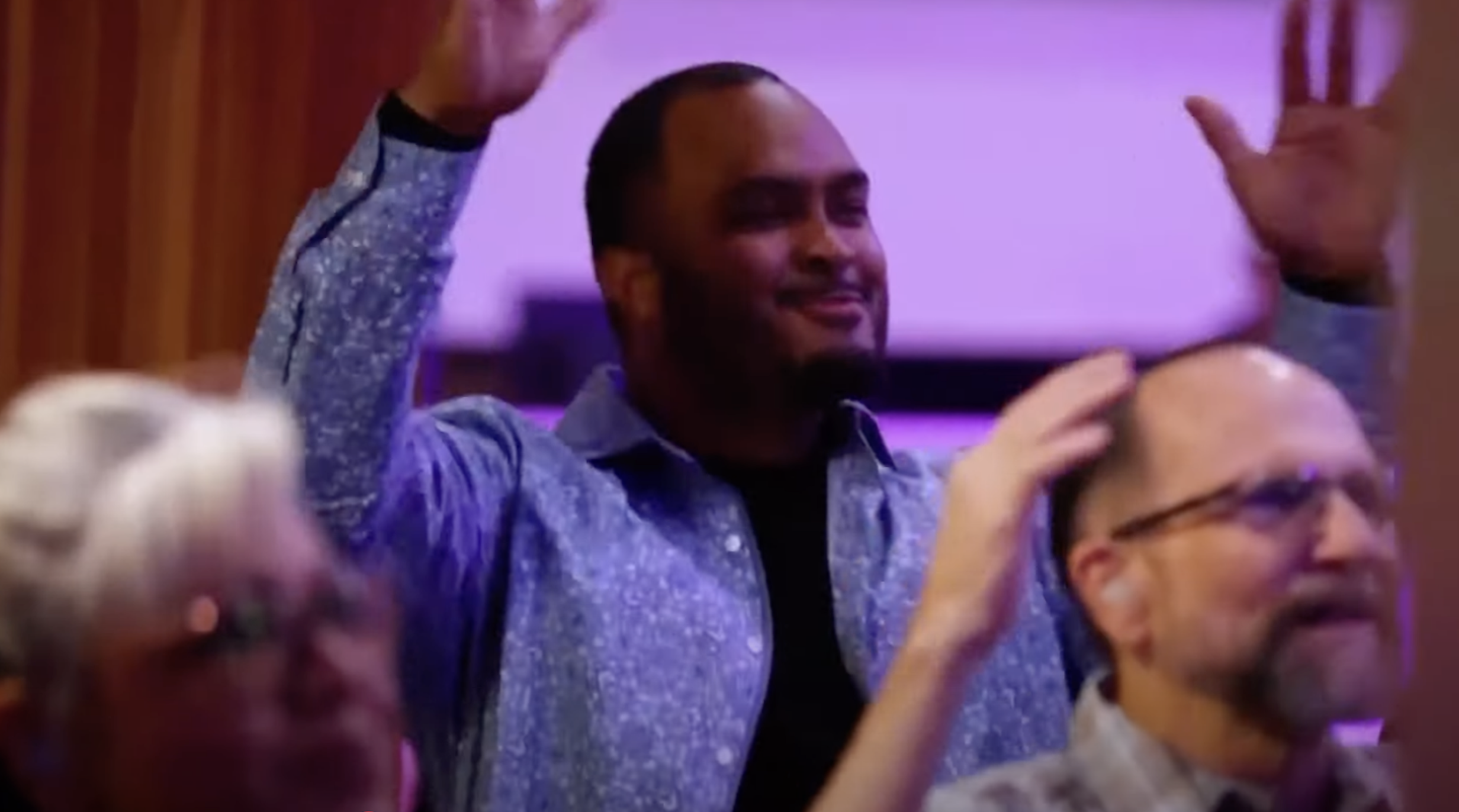The idea that there is a universal sign language is one of the biggest misconceptions about the Deaf population. In the same way that the world contains many spoken languages, there are many signed languages too. Equivalent to spoken languages, signed languages are naturally occurring in communities all over the world.
Spoken and signed languages
Spoken languages are comprised of a set of specific sounds that are combined to build words. Those words are then organized in particular ways to create meaning through sentences.
Signed languages, on the other hand, are comprised of handshapes, movements, orientation, location, and facial grammar. Within these elements, there are rules for specific combinations to create signs. Like spoken languages, the signs are then organized in particular ways to create meaning through sentences.
Languages are unique and always evolving
Every language in the world, whether spoken or signed, is unique and constantly evolving. Spoken English and spoken Japanese are drastically different in the same way that American Sign Language and Japanese Sign Language are drastically different.
A group of languages are sometimes connected through language families, which shows similarities between them. For example, French, Spanish, Portuguese, and Italian are all derived from Latin.
The same concept is compatible with signed languages. Some may be within the same language family and have similar roots, but are all still very different.
The video above (see 1:23) includes a visual representation of the differences between American Sign Language and Japanese Sign Language.

